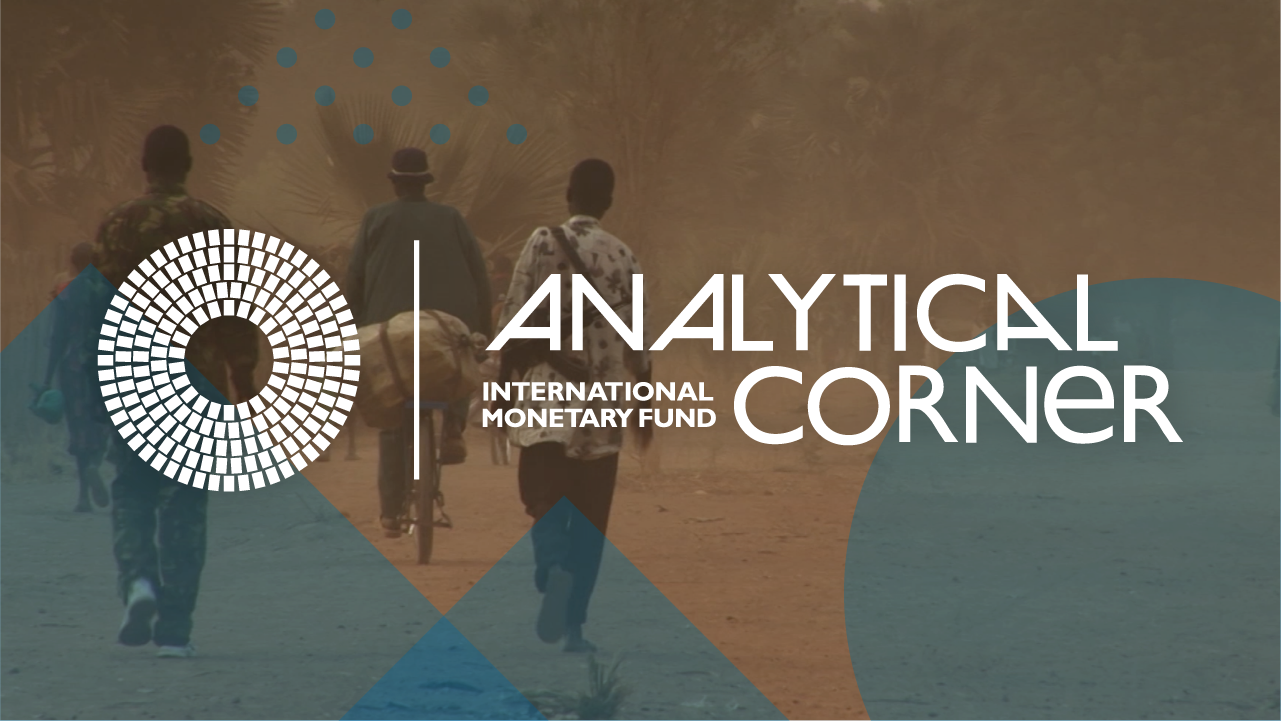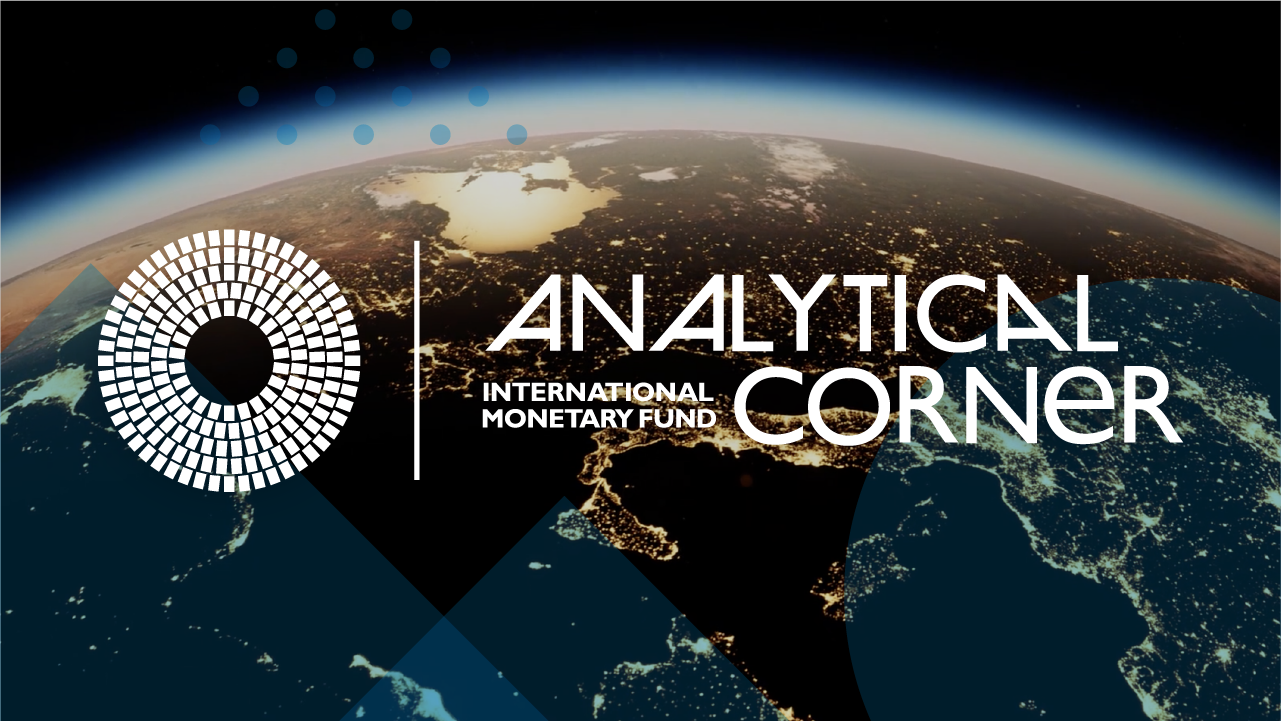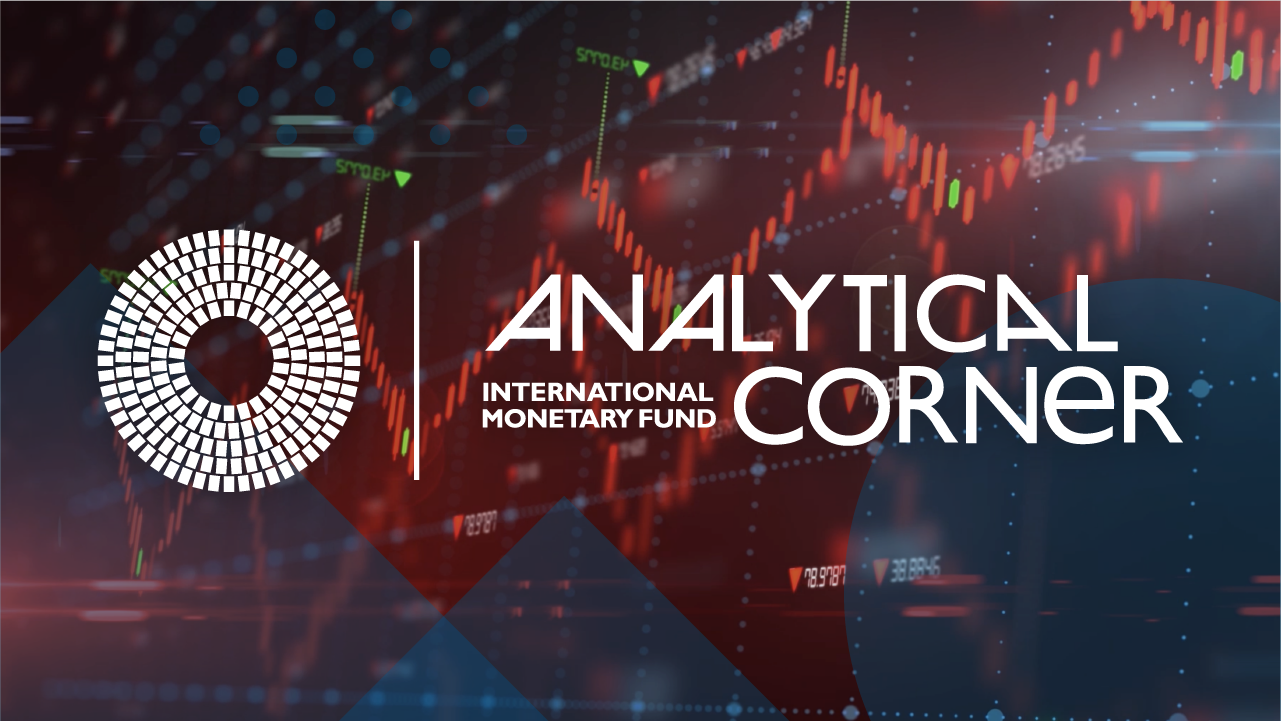|
Location: AV CORE
 |
 |
 |
Participants can join in Live Q&A Sessions with the presenters of the day (Washington, D.C. time).
Watch the presentations below before the Q&A.
We recommend logging in 5 minutes before the session and click the "Join Live Q&A" button. Please note that the attendance is limited.
You must log in to acccess the Webex.
Despite its importance in tailoring policies and programs to lagging regions, there is little evidence on the extent of within country regional inequalities in Sub-Saharan Africa (SSA). This study utilizes various data sources (nightlights, household surveys, socioeconomic and macroeconomic indicators) to analyze disparities in economic activity, welfare, and social indicators across subnational regions in SSA countries. The results indicate that regional inequality has declined markedly in the 1990s and the 2000s, but the progress has slowed down in the past decade. Countries with high regional inequality also have high intraregional inequality among residents. There are large disparities between leading and lagging regions in other important socioeconomic aspects including access to basic services such as education, infrastructure, and labor markets. Macroeconomic stability, trade openness, geographically targeted investments and strong institutions are associated with lower regional inequality. Addressing regional inequality is important for inclusive growth, poverty reduction, preserving social cohesion, and building resilience to fragility and conflict.
Team: Boriana Yontcheva, Habtamu Fuje, Rasmane Ouedraogo, Jiaxiong Yao, Mohamed Diaby and Franck Ouattara
 |
Habtamu Fuje African Department, IMF |
 |
Rasmane Ouedraogo African Department, IMF |
Changes in access to and availability of food (i.e. food security) have played an important role in human history not only for their impact on people’s health and their ability to thrive, but also by catalyzing political change and triggering conflicts. Food (in)security can also slow down a country’s human capital accumulation and, thus, its economic growth potential. The proposed analytical corner will present the main business cycle determinants of food insecurity and food inflation based on the Commodities Unit’s recent empirical work. Findings suggest that the ongoing global health crisis, by leading to a dramatic fall in incomes and increasing food prices (due to the disruption of food supply chains) risks erasing decades of progress in reducing hunger and undernutrition, and jeopardizing the SDG2 goal of bringing the number of undernourished to zero by 2030. In absence of policy interventions, the 2020 fall in income and increase in food prices would lead, respectively, to a 62 million and 4 million increase in the number of hungry people. The analysis also finds that safety nets for the poorest and most vulnerable are an effective tool to mitigate the effects of the economic downturn on food security. Finally, international food market can buffer severe local food production shocks and should be kept open, thereby avoiding export restrictions that would exacerbate the food inflation problem and undermine the credibility of international food markets.
 |
Ervin Prifti Research Department, IMF |
 |
Christian Bogmans Research Department, IMF |
Sovereign debt restructurings are often seen as zero-sum games between debtors and creditors. But to a significant extent, they are not, as creditors may differ in their outlook, liquidity preference, and risk tolerance. Knowing these preferences is necessary to design the restructuring in an optimal way, but unfortunately they are typically unknown to the debtor. Consequently, debt restructurings tend to leave money on the table which could have been used for additional relief, to increase creditor participation, or both. Preparing for a possible COVID-induced wave of restructurings, we have developed an auction-based mechanism which can help discover creditors’ preferences and maximize efficiency. The auction allows the sovereign to first collect creditor-bids on various restructured claims—differing in maturity, currency, and state-contingency—after which it can allocate them efficiently (issuing most in the instrument for which demand is strongest, allocating each restructured claim to that creditor whose relative valuation is highest). This results in a post-restructuring debt stock optimally tailored to creditor-preferences, enabling each creditor to contribute to the provision of debt relief in a way that is least painful to them. Combined with auctions’ ability to deploy legal restructuring tools, this could smoothen the process and make it easier for a debt-distressed sovereign to obtain the needed relief. The same process could also be used to facilitate voluntary debt exchanges, e.g. for debt management purposes.